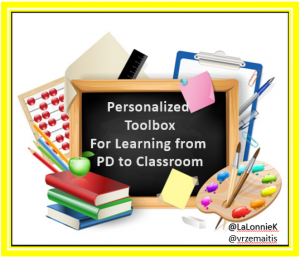As another year begins, individuals reflect on the past year and make resolutions to better themselves for the new year. I challenged the school community in which I work to choose one word as a focus to grow themselves rather than making several resolutions.
I started by asking them to reflect on the kind of person they each wanted to be and list characteristics admired in others, or words that stand out as important. Some examples I gave were believe, kindness, and challenge. Each of these words could be chosen by students, parents, teachers, and administrators alike. But the challenge was for them to choose a word that meant something to themselves. 
My #OneWord2019 is inspire. Inspires is defined as encouraging others to set forth and do something. I would like to inspire each person in the school family where I am an administrator. Both kids and adults can pursue their passions individually and collectively. I believe in each of them. I know that everyone is challenged daily to learn more and be the best they can be. Everyone of them have passions and dreams of what they want to do in the future related to education, their profession, and their interests. I hope that with everyday struggles or challenges faced, that each person is able to make and surpass the goals to move forward and onward and upward. My parents and family inspire me with their accomplishments. The administrators and teachers inspire me by what they do day in and day out for students to learn and grow. The students and teachers inspire me as they achieve goals and come each day to learn something new and share their stories. I hope to inspire them in return. I hope I can be a resource for ideas and strategies, a person to listen, or someone to guide each person in the right direction alongside the others at our campus. I encourage everyone to let the spark of interest ignite the passions and create a desire to learn new things, reach new levels, make new friends, but most importantly share your passion and grow to be the best in 2019.


